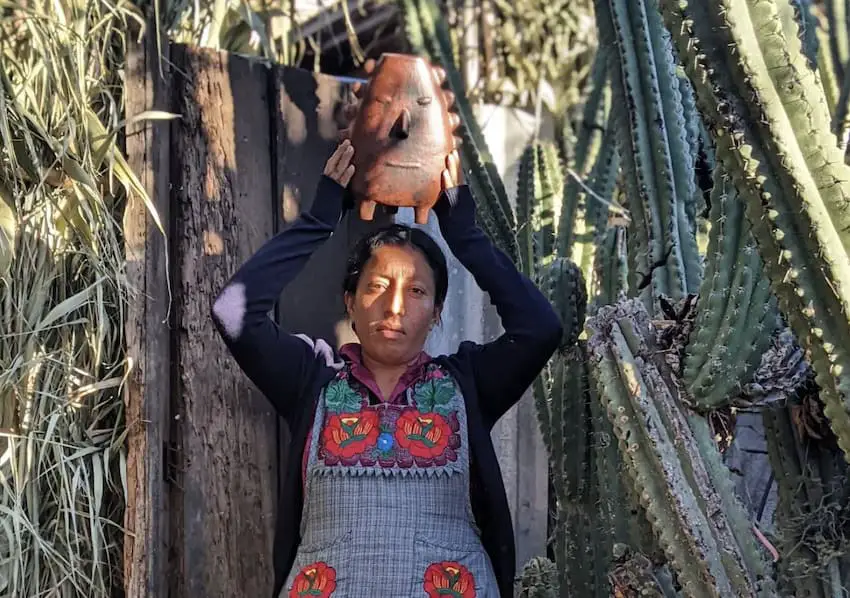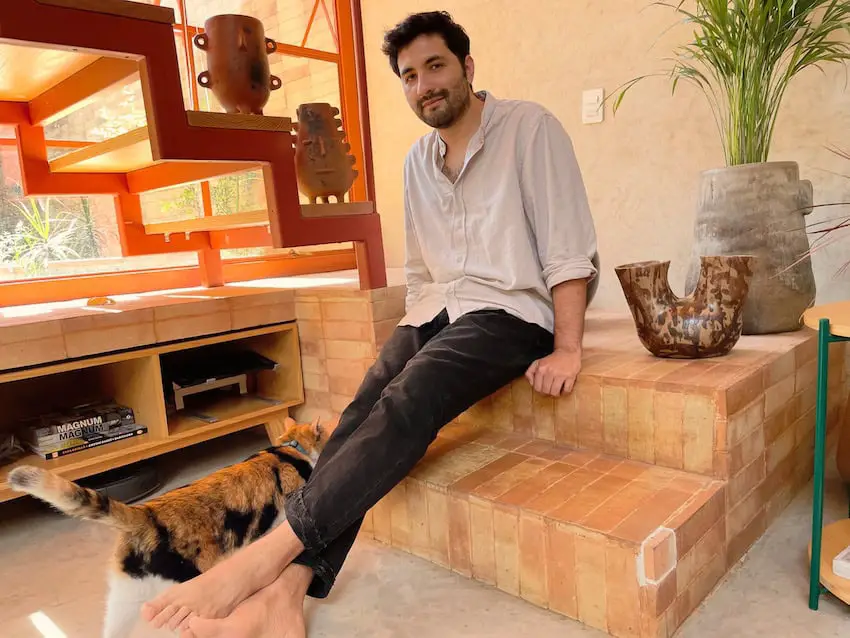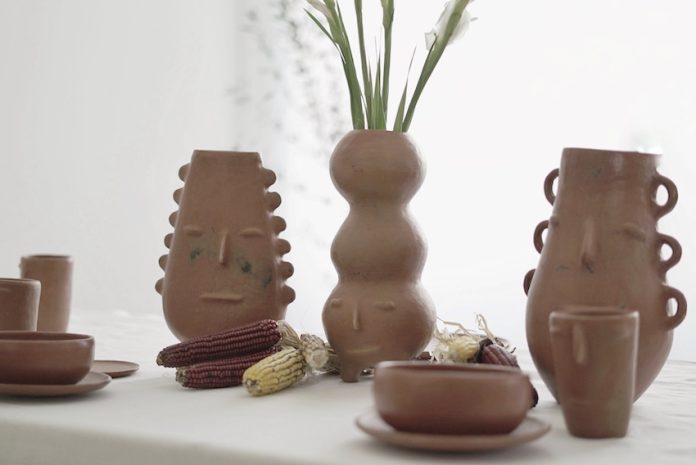Aruna Calderón Rivera fell in love with the ancient clay techniques of Oaxaca, nestled in the mountains of the Sierra Mixe and the Valles Centrales. While at that point working as an industrial designer, he soon felt the urge to create something more meaningful. Thus, in 2019, he launched Sustancia — an interior design project that blends pre-Columbian pottery techniques — dating back at least 3,000 years, with contemporary design. This exceptional enterprise thrives on true collaboration with artisans.
In Oaxaca alone, there are 70 active communities engaged in the art of pottery, “preserving about 3,000 years of unbroken lineage shared through oral traditions and maintained through the practice of trueque, an exchange of goods as an economic system”, Aruna explained to Mexico News Daily. The state is home to the Sierra Mixteca and Sierra Sur, often compared to a “crumpled sheet of paper” due to its orography. This topography is one reason why the region’s rich cultural diversity, including its exquisite clay traditions, is preserved.

“I refer to it as the resistance of the clay, it has been so for thousands of years. The farther you travel from the capital in Oaxaca, the more you will encounter different types of clay, such as the mud from the Sierra Mixe, which is very special. At first, it may seem quite rustic, but once you start to touch and work with it, you notice the color and texture. You realize the mastery in the use of the earth and a sophisticated technique: they polish the pieces with river stones, which gives them a shine, closes the pores, and enhances the durability of the pieces from their land, for example”.
Learning to design together
When Aruna began visiting these communities — there are a total of six: four in Oaxaca, one in Chiapas, and one in Morelos — he realized that a genuine design proposal would require co-designing with artisans. This journey has fostered beautiful surprises, including “a deep and lasting bond with the families and a profound respect for the traditional clay and the cultural and ritual identity behind it,” he shared.
Aruna adopted collaborative design methods that resulted in unique creations, such as a lamp that also serves as a flower stand. One of the most poignant stories of this venture occurred after the 2017 earthquake in the Zapotec community of San Marcos Tlapazola, when a family unearthed ancient objects shaped like faces. Inspired by this aesthetic, the Faces series was born and has since become a hallmark of Oaxacan ceramics.
“I understood that I needed to delve deeper into the design and move beyond the designer’s desire for personal recognition in the pieces. I realized that the community members were interested in understanding and participating in the design process. This created a fascinating partnership, as they are the masters of their technique, while I bring a contemporary vision, respecting various boundaries and fostering a participatory design approach.”

Today, Sustancia collaborates with the community of Amatenango del Valle in Chiapas, Los Reyes Metzontla in Puebla, Ayala in Morelos, and in Oaxaca, with the Sierra Mixe communities of Las Flores and Tamazulapam del Espíritu Santo to create original designs. In the Valles Centrales, they work with San Marcos Tlapazola and Santa María Atzompa. Sustancia employs various techniques, including “burnished clay,” “red clay,” “glazed clay” and another known as “churro.” This technique involves making “churro” shaped rollers and using them to create the finished piece. At the end, it is smoothed with a cob or an olote and given another shape. They have their own polishing technique,” Aruna explains.
The contemporary and the millenary
Sustancia is an artisanal interior design company that intertwines research, knowledge, traditions, techniques and identity with contemporary creativity to the forefront of the current scene. 43% of sales go directly to the families, 30% cover operating expenses, and the remaining 20% is allocated to research, combining social design principles with solutions to specific community needs.
Regarding the Mexican interior design landscape and its connection to ceramic traditions, Aruna believes a revaluation of this millenary jewel is taking shape. This movement began with academic and research initiatives reflected in iconic publications such as Great Masters of Oaxacan Folk Art and Clay and Fire, leading to a growing market that embraces this knowledge and the ritual energy embodied in clay.
Ana Paula de la Torre is a Mexican journalist and contributor for Milenio, Animal Político, Vice, Newsweek en Español, Televisa and Mexico News Daily.
